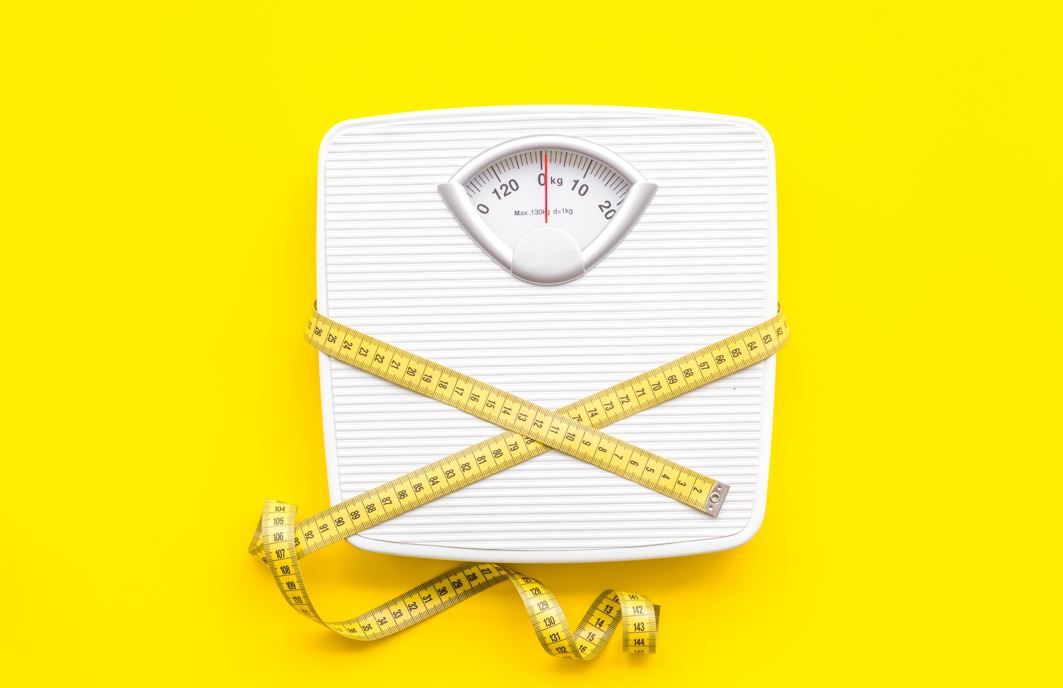Individualized Diet Program Helps Users Lose Weight and Keep it Off, According to New Feasibility Study

A novel weight loss program that allows users to self-select dietary modifications and monitor their protein and energy levels without relying on strict diets or dieting products showed promise in a new feasibility study published in PLoS One.
A team of nutritionists at the University of Illinois Urbana-Champaign developed the Individualized Diet Improvement Program (iDip) to help individuals make informed dietary decisions, so they can create and maintain their own weight management program.
“Our program does not provide or offer a strict diet plan or recipes for participants to follow,” said coauthor and graduate student Mindy H. Lee, MPH, RDN, in a university press release. “We’re not excluding food groups as low-carbohydrate or low-fat plans do. The primary goal is to empower dieters to make informed choices so they can create their own sustainable weight-management program.”
Existing weight loss programs, such as the Atkins and Zone diets, lack dietary flexibility, which can be critical to help persons maintain a sustainable plan, according to investigators.
“Currently available weight loss methods do not reliably achieve medically significant weight loss as they are insufficient in success rate, sustainability, or magnitude of weight loss. Exclusion of certain food groups is a common approach of popular dieting programs, which can result in some weight loss, but high attrition rates often result due to a lack of dietary adherence,” wrote the team.
The iDIP intervention uses a unique visual tool, the Protein-Fiber plot (PF Plot), that helps individuals choose foods that limit daily caloric intake while consuming adequate amounts of protein and fiber specifically. PF Plot allows individuals to visualize foods’ protein and fiber densities per calorie along with a target range for meals.
Lee and colleagues recruited adults aged 18-64 years with a body mass index >28 kg/m2, placing them in the overweight or obese categories as per the US Centers for Disease Control and Prevention (CDC) guidelines.
The study consisted of 22 educational dietary improvement sessions led by registered dietitians over 12 months with 6 months of follow-up. Sessions also included recommendations for physical activity.
Using the PF Plot, participants created daily meals with approximately 80 g of protein and 20 g of fiber while limiting their intake to less than 1500 calories per day, according to investigators.
Participants’ daily weights were collected, and each received a weekly chart summarizing their weight loss progress. Dietary feedback was provided via a protein-fiber plot.
Anthropometric measurements were the primary outcome, including height, weight, and waist circumference. Secondary outcomes were dietary changes, assessed by validated questionnaire. The authors identified weight loss of 5% or greater from baseline as meaningful, given its association with reduced obesity-related risks.
Out of the 14 participants enrolled at baseline, 12 (mean age, 46 years) completed all dietary sessions. Among participants who completed all the sessions, mean percent weight loss at 6 months and 12 months was -4.9% (p=.001) and -5.4% (p=.007), respectively.
Investigators divided participants into 2 post-study groups based on weight loss from baseline at 12 months: the “top half” and “bottom half.” Persons in the top half achieved -9.7% (p=.0008) weight loss and those in the bottom half achieved -1.0% weight loss at 12 months.
The 24-hour dietary records indicated a significant increase in protein density from baseline to 12 months, going from 4.1 g/100 kcal to 5.7g/100kcal (p=.008), according to the study. The team observed a significant difference in fiber density between participants in the top half and bottom half of weight loss (p=0.04), although there was no difference in protein density (p=0.19). Findings from an exit survey administered at 10 months suggested that all participants valued the program and its self-guided approach.
“In conclusion, half of the participants successfully lost >5% and maintained the lost weight for 12 months without strict diet instructions, showing the feasibility of the informed decision-making approach,” wrote Lee et al.
A third clinical trial is currently underway with 30 participants who lost approximately 6.5% of their body weight after 6 months, stated Lee in the press release.